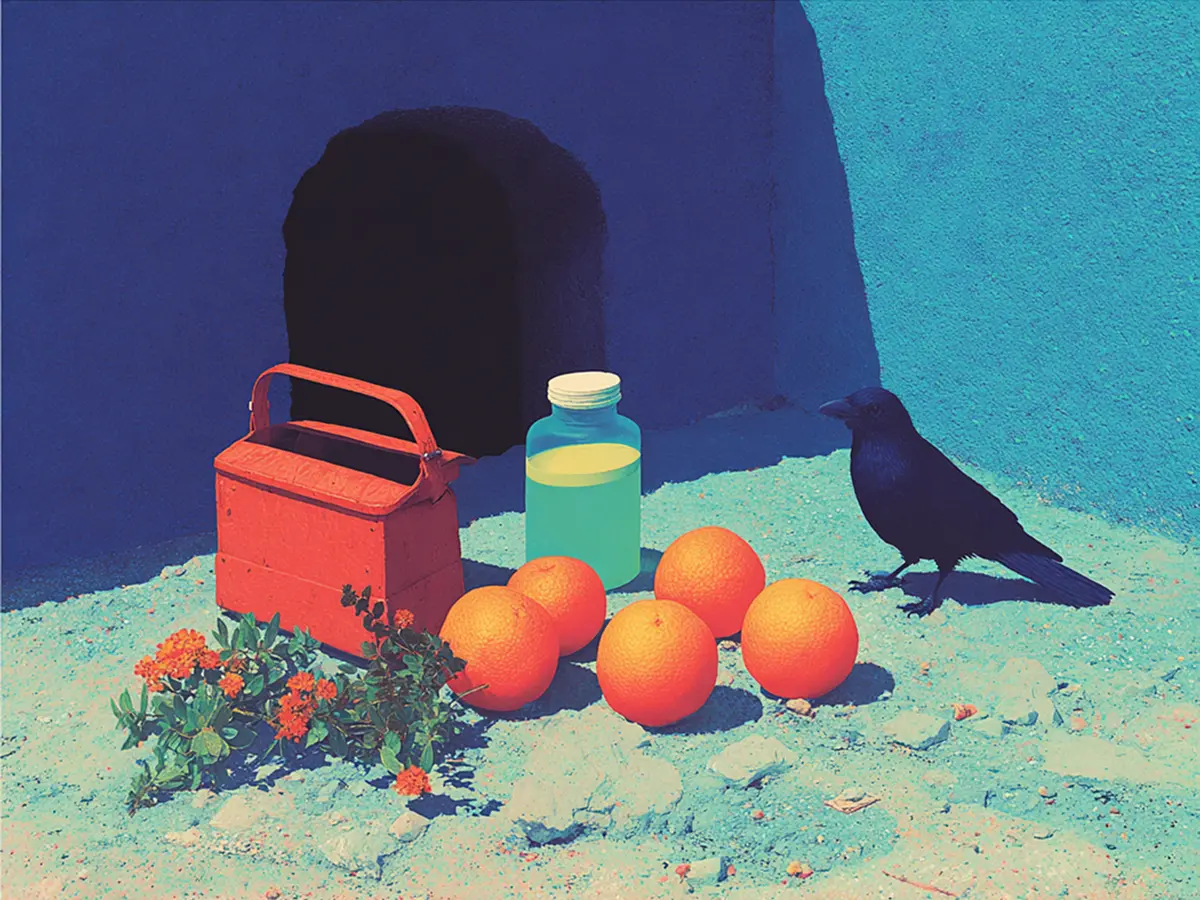In product design, imagination can lead to unique products to solve problems or needs.
But why is Product Design so relevant for tech Software Development processes?
We'll review the basic principles of Product Design, its characteristics, process, and more.
What is Product Design
Let's start by quoting Dr. Ralf Speth, CEO of Jaguar Land Rover:
"if you think good design is expensive, you need to consider the cost of bad design."
Product Design develops products with a high degree of usability to meet user needs.
We see its outcomes in daily usage at any interaction with digital devices.
It also integrates Design Thinking, which manages products in a five-day sprint.
The goal of Product Design —and of Design Thinking— is to blend human needs and business goals
What is a Product Designer?
Product Designers handle the products' creation and development beyond simplicity and intuitivity.
To understand this role, the first step is to know the value of the developed product.
It also considers the creation of roadmaps and the planning of brand and product launch.
Yet, product designers encompass a broader role with design elements like UX.
With this focus on the experience, designers also track and measure the impact of design decision.
This analysis includes the short, medium, and long-term goals.
Last but not least, they work closely with development and marketing teams for strategic unity.
Product Design Stages
It's unnecessary to create a rivalry between Product Design and Product Development.
In the end, these fields complement each other and are necessary for every production process.
So, what are the Product Design stages? The consensus includes six stages with specific requirements.
- Brainstorming to get the product's concept.
- Defining the target users and markets through deep research.
- Prototyping visual representations for initial conclusions.
- Designing the complete product from an initial model.
- Testing and validating the product with different contexts and users.
- Launching the final solution to the target markets and users.
- Refining to ensure ongoing outstanding experiences.
3 Types of Product Design
System Design
This edge compresses architecture, interfaces and components that blend load-balancing and scalability to meet user needs.
Big tech brands like Apple, Amazon, and Google commonly rely on System Design to handle products' information architecture.
While this design type focuses on logical organization, is does not miss sight of commercial goals.
2. Process Design
The goal of Process Design is to optimize vital development operations such as security.
This complex systematization's purpose is to ease interactions and tasks achievement.
Process Design applies to, for instance, eCommerce sites' steps, like selection, checkout, and payment.
3. Interface Design
Colors, fonts, and other audiovisual elements should help users navigate: that's when Interface Design takes the lead.
The core of this role is to guide users through the design to achieve tangible outcomes.
This edge of Design has the most human-first approach of all. In this sense, the interface is the touchpoint between users and products or services.
At the same time, it's necessary to clarify that these processes don't follow a linear path.
The design process itself never stops, even when the product has reached its mature state.
The addition of smartphones into common-life society stands out as an example.
With the rise of mobile devices and advanced tech, designers keep adjusting to new needs.
Product Design Properties
As German industrial designer Dieter Rams once said, "You cannot understand good design if you do not understand people."
This statement, while correct, can be messy if you don't know where to start with your product design.
Years later, Aarron Walter translated it into a hierarchy of aspects.
Like many pyramids in different fields, the most fundamental needs are at the bottom.
Only after achieving the bottom steps can you think of the next ones.
Thus, after attaining all stages, you can finally say you have achieved a good product.
1. Utility
When in doubt about its usefulness, it's first necessary to ask the question, "does this product solve my problem?"
If a product cannot solve a problem, it has no value. Thus, users will need more motivation to use it.
In an imaginary Venn diagram, utility is the converging point of user and business needs.
A stunning result with no utility will not meet the requirements.
2. Reliability
While appearance it's crucial, products should offer consistent performance.
If users face system crashes with your product, you'll most likely face a lack of trust.
And in the long term, this will lead to business losses in loyalty and revenue.
3.Usability
In usability terms, a product succeeds with intuitive designs following design patterns.
How easy is the product to use? The emphasis is on the ease of human-product interactions.
Products should be easy to learn and use.
4. Pleasurability
Usability and usefulness are just some of the relevant aspects in business terms.
Products must provoke positive emotional delight when interacting.
Yet, there are two types of pleasure in this context.
The first one, surface pleasure, refers to the aesthetically design and helps to differentiate from competitors within a niche.
Also, users tend to connect the aesthetics of a product with its easiness to use.
The second one, deep pleasure, comes when users successfully go through the workflow.
Also, it has robust components of utility and reliability.
Reliability comes from knowing users' needs at each step of the product journey.
5. Desirability
The final step of this pyramid involves action.
In this context, the idea goes from wanting a product to needing it.
After achieving the needing stage, products can become symbols of values.
Desirability is about assessing its convenience and feelings.
To sum up, does the product make people glad they own it?
What is the Product Design Lifecycle?
After the product launches to the public, it also goes through a Product Lifecycle.
In this scenario, the enclosed stages are more business-related.
1. Introduction
Here, teams develop a marketing strategy to ensure awareness from customers and users.
Often, this process occurs through advertising investments.
While the demand takes shape, sales can be slower than expected.
Yet, there are other edges to consider.
Some include complexity, innovation and suitability, and competitors' status.
2. Growth
If the product succeeds in the market introduction, it can start its life cycle.
The growth stage involves higher demand and extended availability.
At this stage, competition becomes more important than ever.
Other companies would launch similar products with added features or different focuses.
Thus, branding becomes key to keeping your position.
Yet, edges like pricing rise in relevance when focused on driving continuous sales.
3. Product Design Maturity
In the Maturity stage, the product achieved consolidation in the marketplace.
As a result, there'll be a decrease in marketing and production costs.
Yet, this is when market saturation takes place.
With customers and competitors established, certain aspects make the difference.
Among these, branding, pricing, and differentiation determine the market share.
In this context, achieving new customers and expanding markets are indispensable.
Likewise, taking care of already loyal customers is a necessity.
4. Product Design Decline
As competition increases, the level of decline tends to increase.
Some companies will choose to switch or expand their markets.
To maintain relevance, they'll likely offer products in different categories.
Meanwhile, others will decide to keep offering the initial product.
On this path, innovating existing products can help the drop's survival.
Yet, production and profit margins will likely slow down.
In this scenario, many old products could return to their original market share.
This achievement relates to adjustments adapted to new needs, new users, and a new era.
Management, design, and marketing professionals use these cycles for different purposes.
Most of them encompass methodologies, pricing, and expansion strategies.
These cycles allow businesses to know if a product is ready to market.
But it also helps to prevent possible focus changes.
Conclusion
Product Design is broader and more strategic than most users realize.
It's not only about making things look good.
Further, it encompasses the entire process.
In this context, users do not only identify the pleasure or attractiveness of a product.
Also, they acknowledge its usability, reliability, and functionality.
Thus, before any steps, it's substantial to ask what the impact of the product would be.













